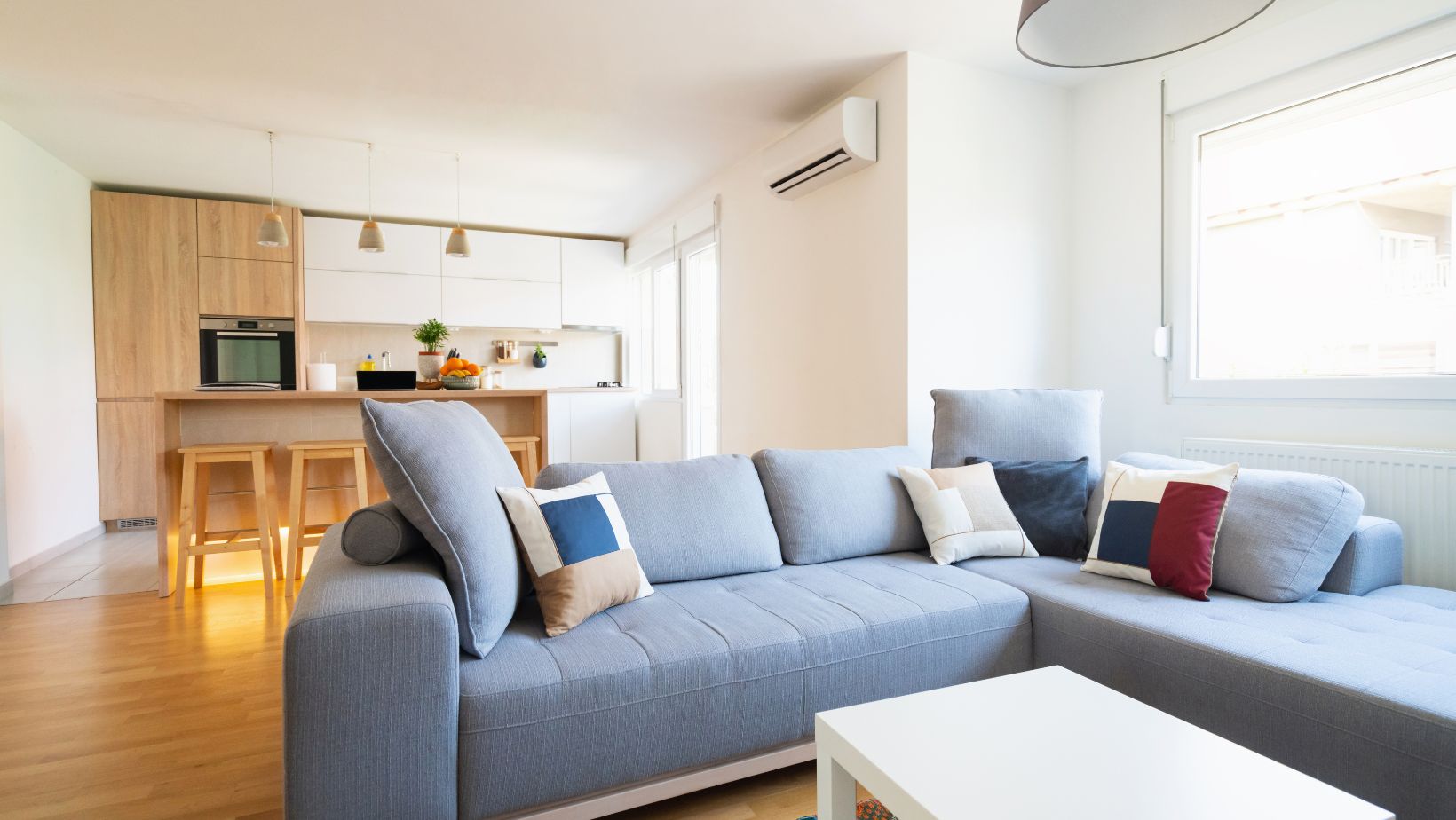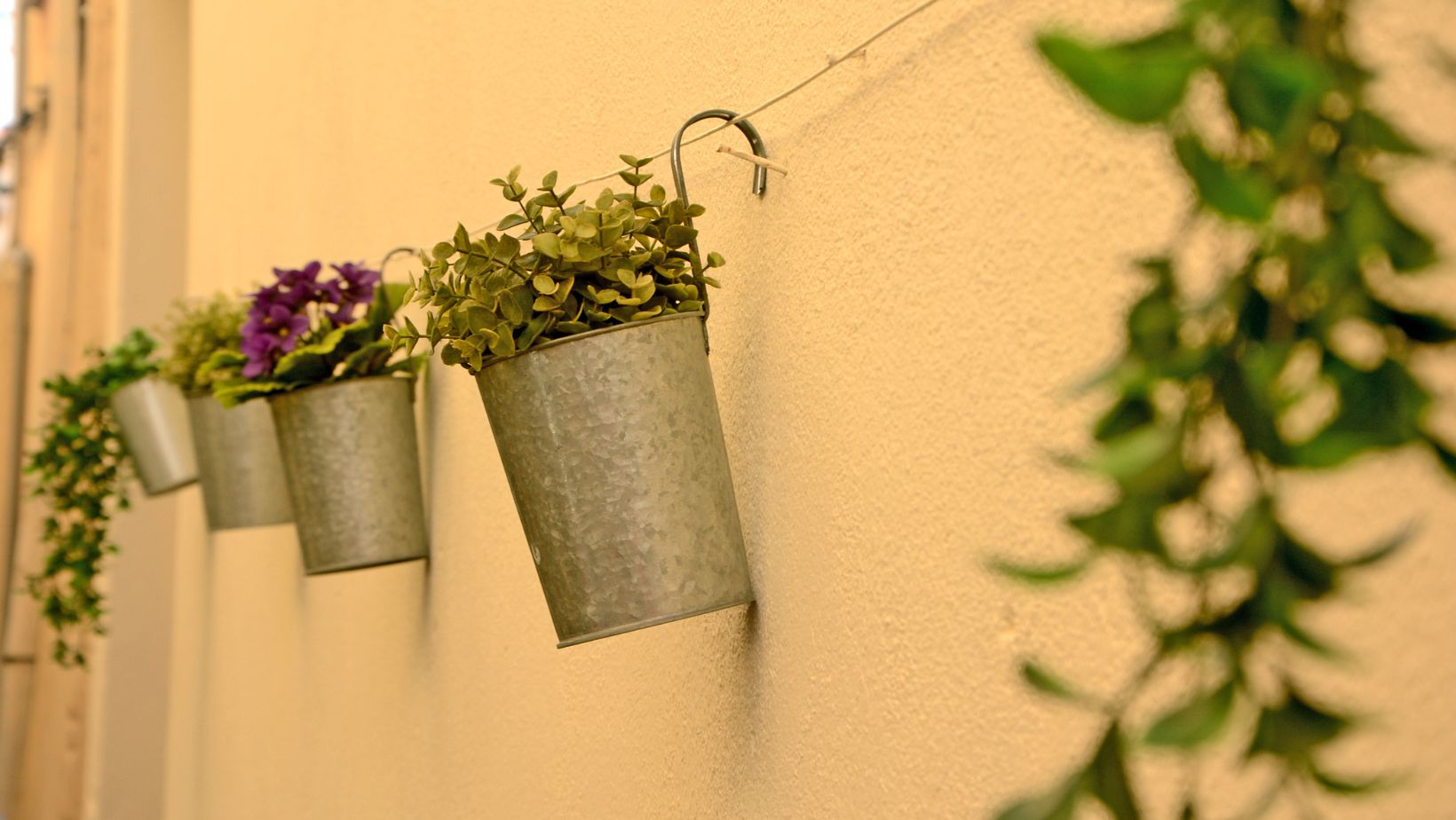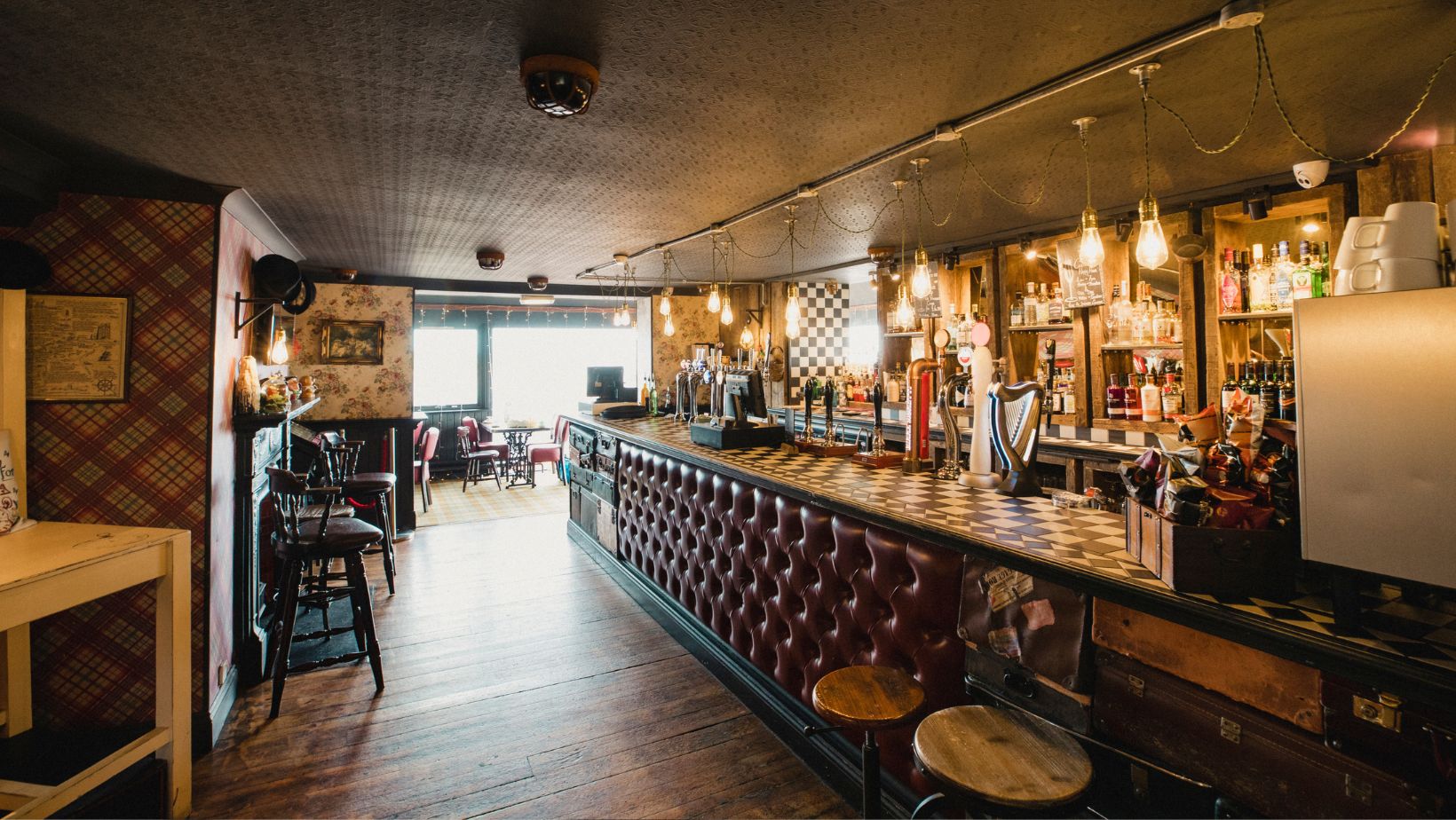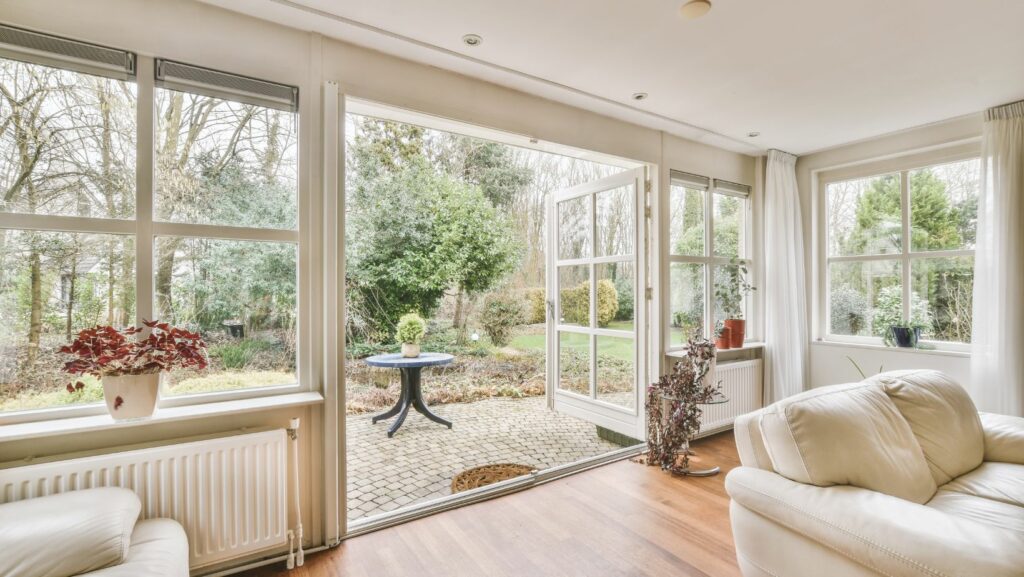Embracing the charm of “homey design” is more than just a trend – it’s a lifestyle choice. It’s about creating spaces that are not only visually appealing but also warm, inviting, and deeply personal. The essence of homey design lies in its ability to evoke feelings of comfort and coziness, transforming any space into a haven of relaxation.
Homey Design

Central to homey design is the emphasis on coziness, a concept often brought to life through layering. Layers of texture, be it through upholstery, rugs, or throws, considerably amplify a sense of warmth in a room. Then comes the personal touch, an aspect of homey design which integrates family heirlooms, cherished photos, and personal memorabilia into the décor. Custom touches like these lend a sense of history and emotional value to a space, making it intrinsically feel like ‘home’.
Color plays a critical role too, as homey design often opts for soft, muted, and neutral colors.Remember, beige doesn’t denote boring, instead, when combined with a variation of textures, can result in a captivating space. Another key characteristic is the use of natural materials like wood, stone, or wicker, adding an authentic touch to your space.
Lastly, homey design takes into account functionality; it’s all about comfort and practicality. Items should all have a purpose, and the layout should promote easy-flowing movement and conversation among occupants.
Trending Homey Design Ideas

Incorporating Vintage Furniture, popularized by the drive for sustainability, proves to be a trend in homey design. Upcycling proves not only environmentally friendly but also brings a charm to the abode. A vintage oak table, for example, adds a touch of nostalgia and comfort.
Layering Textures and Hues also gains traction. Combinations of soft textiles, like velvet throw pillows and chunky knit blankets, provide a sense of warmth. Adding complementary colors, such as creamy whites and soft blues, fosters a calming environment.
Rattan and Wicker Accents stand in the limelight. Used in items such as furniture or wall decor, they add a rustic and natural touch, knitting the home closer to nature.
Flexible Spaces addresses today’s dynamic lifestyle. Convertible furniture, like a dining table that turns into a workspace, affirms the idea that comfort is synonymous with practicality.
How to Achieve the Homey Design Look
 For those desiring a homey design look, it’s not merely about adding random elements. It involves intentional choices that reflect personal tastes and lifestyles. Incorporating heirlooms and family memorabilia gives a touch of familial sentiment and history. Adding microfiber, linen, or cotton materials contribute to tactile comfort, while patterned fabrics introduce visual interest.
For those desiring a homey design look, it’s not merely about adding random elements. It involves intentional choices that reflect personal tastes and lifestyles. Incorporating heirlooms and family memorabilia gives a touch of familial sentiment and history. Adding microfiber, linen, or cotton materials contribute to tactile comfort, while patterned fabrics introduce visual interest.
Antique furniture showcasing timeless designs serves dual purposes— sustainability and aesthetics. Layering textures and colors lends a cozy feel, where plush throw pillows on a linen sofa or a patterned rug in a neutral room make a statement. Natural elements, like rattan and wicker accents, promote an eco-friendly atmosphere, blending simplicity with sophistication.
Flexibility is key in modern homey design. Adjustable furniture, movable partitions, or multi-purpose spaces adapt to changing needs and lifestyles, fostering convenience and functionality. Ultimately, homey design is about letting the dweller’s personality shine, creating a sanctuary that’s both inviting and inspiring.
Real Life Examples of Homey Design
Focus revolves around delightful homes that exemplify the essence of homey design. Take, for instance, a coastal retreat in Martha’s Vineyard. Here, vintage woven chairs, heirloom rugs, and textured throws create a comfortable atmosphere.
Reflect on an urban apartment in San Francisco. It represents homey design with multi-purpose spaces, saving room without sacrificing functionality or aesthetics. Their warm color palette, accented by family memorabilia and interesting objects, is inviting.
Consider the charm of a country house in the English suburbs. Antique pieces, combined with natural elements like wicker accents, give it a unique homey touch while preserving the original mixture of rustically elegant and time-worn charm. In all these, individual tastes and preferences stand out as the cornerstone of a homey design, emphasizing that designs aren’t only appealing but laden with personal stories and memories.

